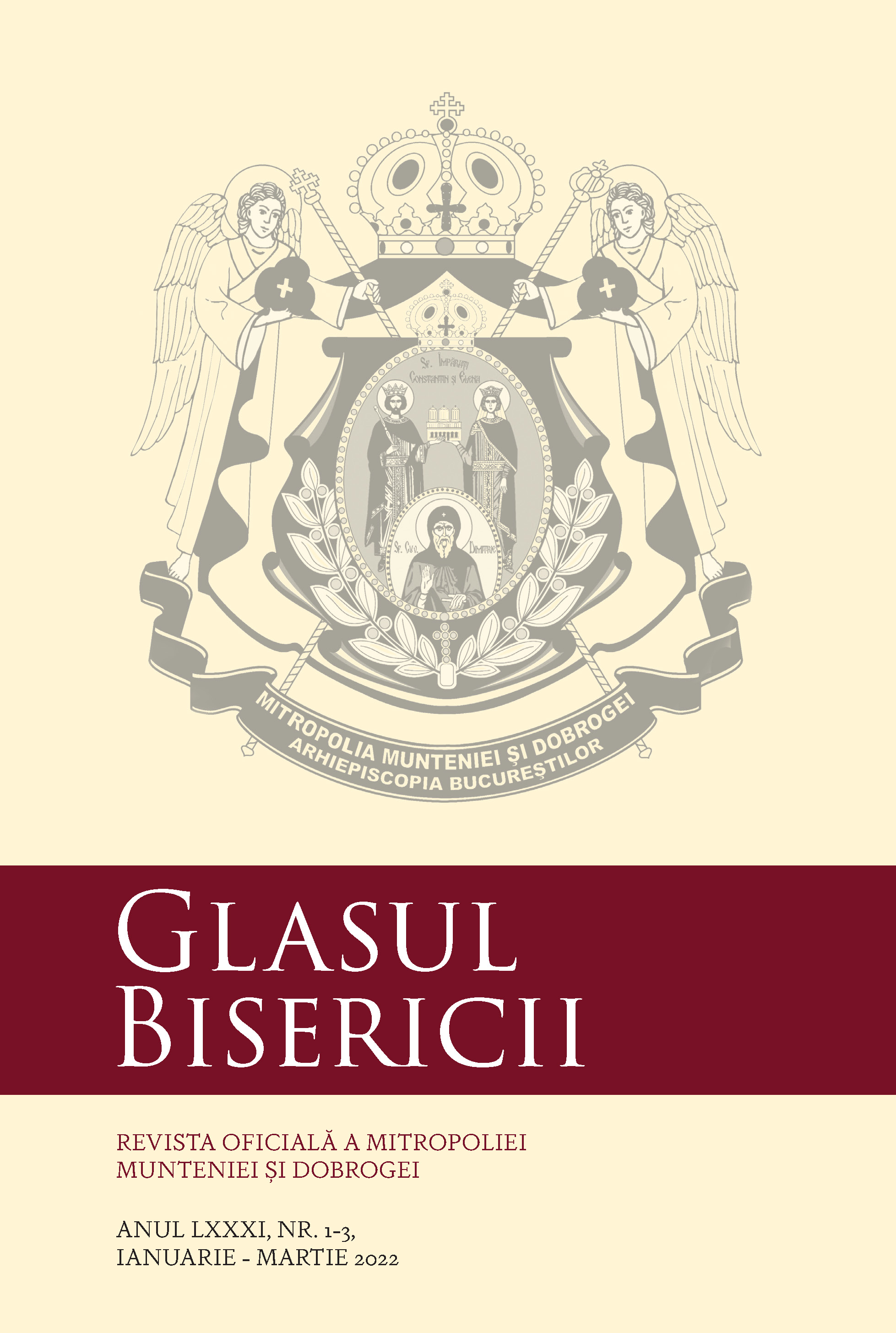Considerații privind originea praznicelor închinate Maicii Domnului
An overview on the origin of the feasts dedicated to the Mother of God
Author(s): Vlăduț-Iulian RoșuSubject(s): Christian Theology and Religion, History of Church(es), Pastoral Theology, Eastern Orthodoxy
Published by: Arhiepiscopia Bucureștilor
Keywords: Christian feasts; marian feasts; Byzantine calendar; Dormition of Theotokos, Assumption; Annunciation; Nativity of Theotokos; Entrance of the Theotokos into the Temple;
Summary/Abstract: The fifth century is the period when the cult of the Virgin Mary has been developed, where the first feasts appear dedicated to her, initially as local, and then as general. The earliest one is the Dormition of the Theotokos, which is attested in the second half of the fifth century. The feasts of the Nativity of Theotokos and the Annunciation are confirmed by historical documents in the first half of the sixth century, and the Entrance of the Theotokos into the Temple is attested a little later, in the eighth century, during the time of Patriarch Germanus of Constantinople. The generalization is attributed to St. Andrew of Crete, who would have brought the great feasts of the Virgin Mary to Constantinople from Jerusalem in the seventh century, but as can be seen, the Byzantines celebrated the feasts of the Mother of God before this period.
Journal: Glasul Bisericii
- Issue Year: 81/2022
- Issue No: 1-3
- Page Range: 47-62
- Page Count: 16
- Language: Romanian
- Content File-PDF

